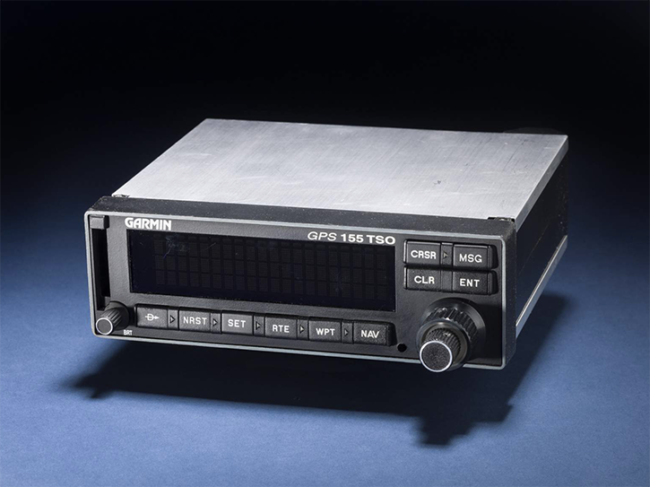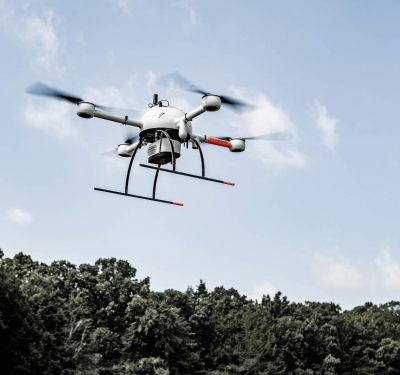
A prototype of the Garmin 155 can be viewed as part of the Time and Navigation exhibition at the National Air and Space Museum.
WASHINGTON – The GPS Innovation Alliance (GPSIA) issued the following statement, commemorating the 25th anniversary of the Federal Aviation Administration’s (FAA’s) certification of the Garmin GPS 155, a device that for the first time enabled pilots to use Global Positioning System as their primary navigation source across all phases of flight — including approach to landing in poor weather conditions. Members of the public may view the prototype, as part of the Time and Navigation exhibition at the National Air and Space Museum.
“During the past century, GPS, along with other technologies, has revolutionized the aviation sector, making flying safer and more efficient. Saturday marked a major milestone in the transformation of the aviation sector—the 25th anniversary of the Garmin GPS 155 receiving FAA Technical Standard Order (TSO) authorization, the industry’s first GPS receiver approved by the FAA as a primary navigation source for all phases of flight, including non-precision instrument approaches. We look forward to the FAA’s continued modernization of America’s air transportation system through the NextGen program. With GPS as an integral component, this transformation aims to make flying even safer, more efficient, and greener.”
The GPS Innovation Alliance was founded by Deere & Company, Garmin International, Inc. and Trimble Inc. The Alliance recognizes the ever increasing importance of GPS and other Global Navigation Satellite System (GNSS) technologies to the global economy and infrastructure and is firmly committed to furthering GPS innovation, creativity and entrepreneurship. The GPSIAseeks to protect, promote and enhance the use of GPS.






